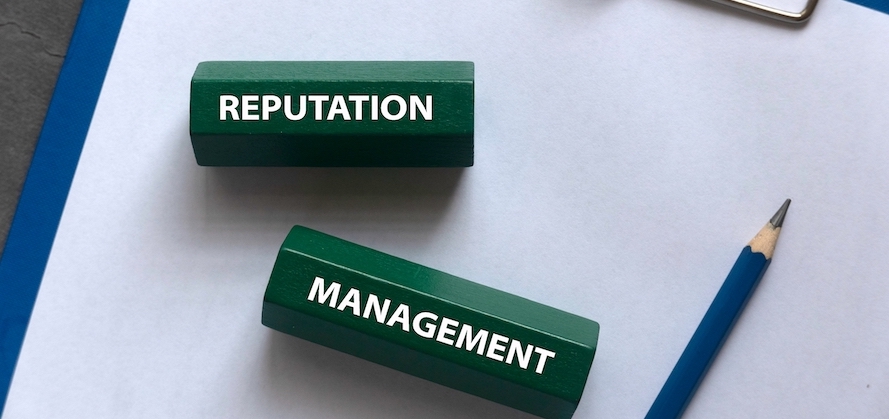We all want to have visitors navigate our website thoroughly and move from one page to another reading our content and interacting with it. We do not want a user to visit one page and leave. Such an action affects the bounce rate.
Let’s start by defining a bounce rate. A bounce rate is the percentage of visitors to a particular website who navigate away from the site after viewing only one page.
Generally the higher the bounce rate the lower the interest of the users in the overall website content.
The bounce rate is affected by three major aspects:
1- The content of your website
2- The website design and development
3- The way search engines measure the activity on your website
In this article, I raise the issue of defining the bounce rate in more details and expose different steps you can take in order not to have a high bounce rate.
What is important to know is that the benchmark of bounce rates differs based on the website activity. Read below for more information.
Google analytics says a lot about your visitors’ behavior, and one of the most important numbers is the bounce rate.
Not really an easy feature to understand, even harder to decrease. Visitors can be very demanding, which represents a challenge itself, especially that I do not blog regularly. So I started searching for articles discussing bounce rate and how to lower it.
This article below caught my attention and I felt it was worth sharing. Simply put and well elaborated.
Start taking action now, just obsess over it. Remember you are writing for the fun of it.
However, I could not find the answer to this question. If a website or blog is featuring a slideshow on the landing page, and the user clicks on the slideshow reads the article then leaves, does this still count in the bounce rate?



